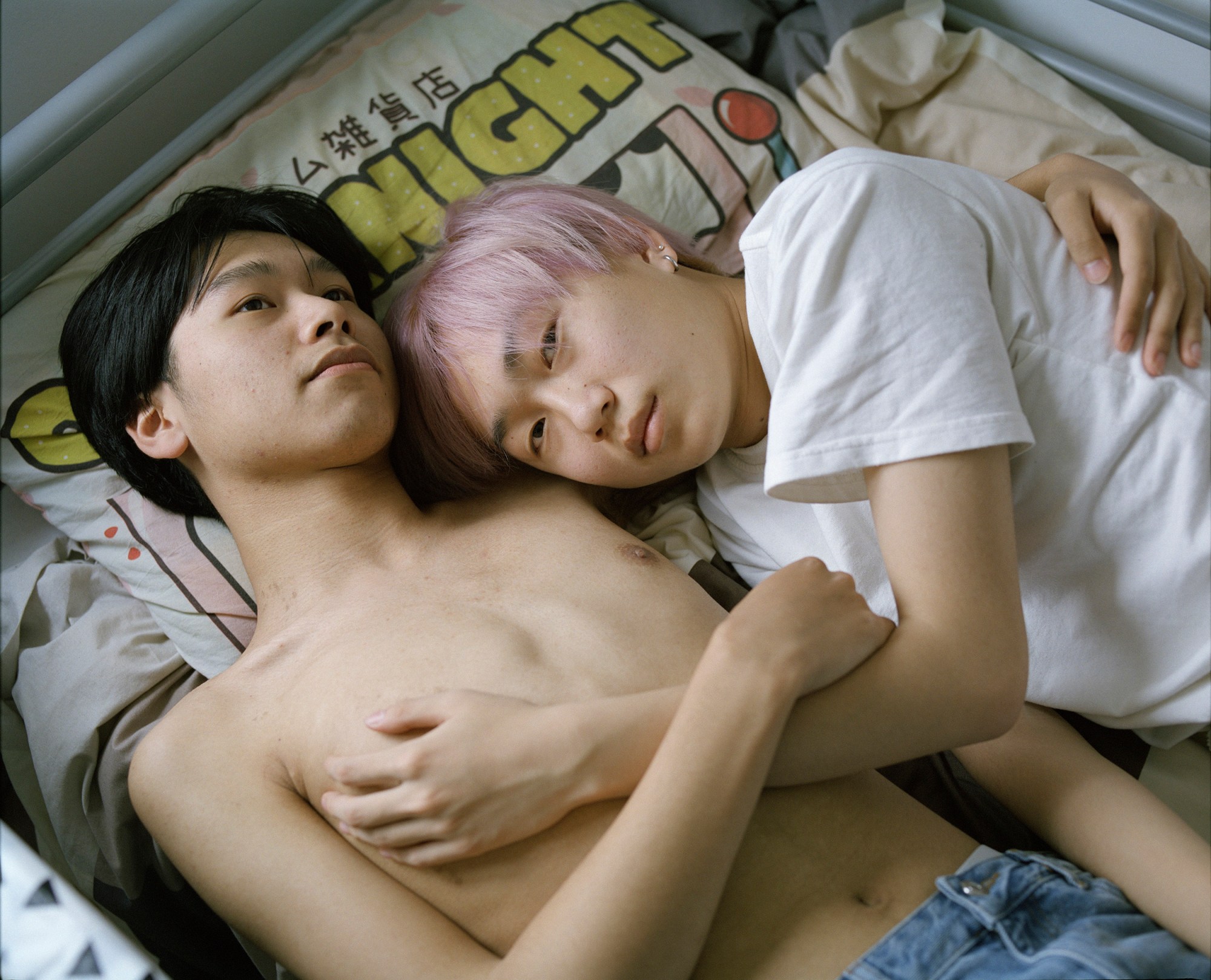One day in 2014, photographer Sarah Mei Herman was roaming the streets of Xiamen, a coastal city in Fujian province in southeast China, clutching a piece of A4 paper. Having lived in her native Netherlands for the majority of her life, she was visiting the city after accepting an artist-in-residence invitation, and was hoping to find some local people to photograph — but had found the language barrier an obstacle. That sheet of paper would be her lifeline.
“I knew I was going to look for young adults and their love relationships, but I had no idea how it would work out,” Sarah says. “So I just went out into the street, and I had this sheet of paper with a few sentences translated from English to Chinese — in 2014, there was Google Translate but no Wi-Fi in the streets.”
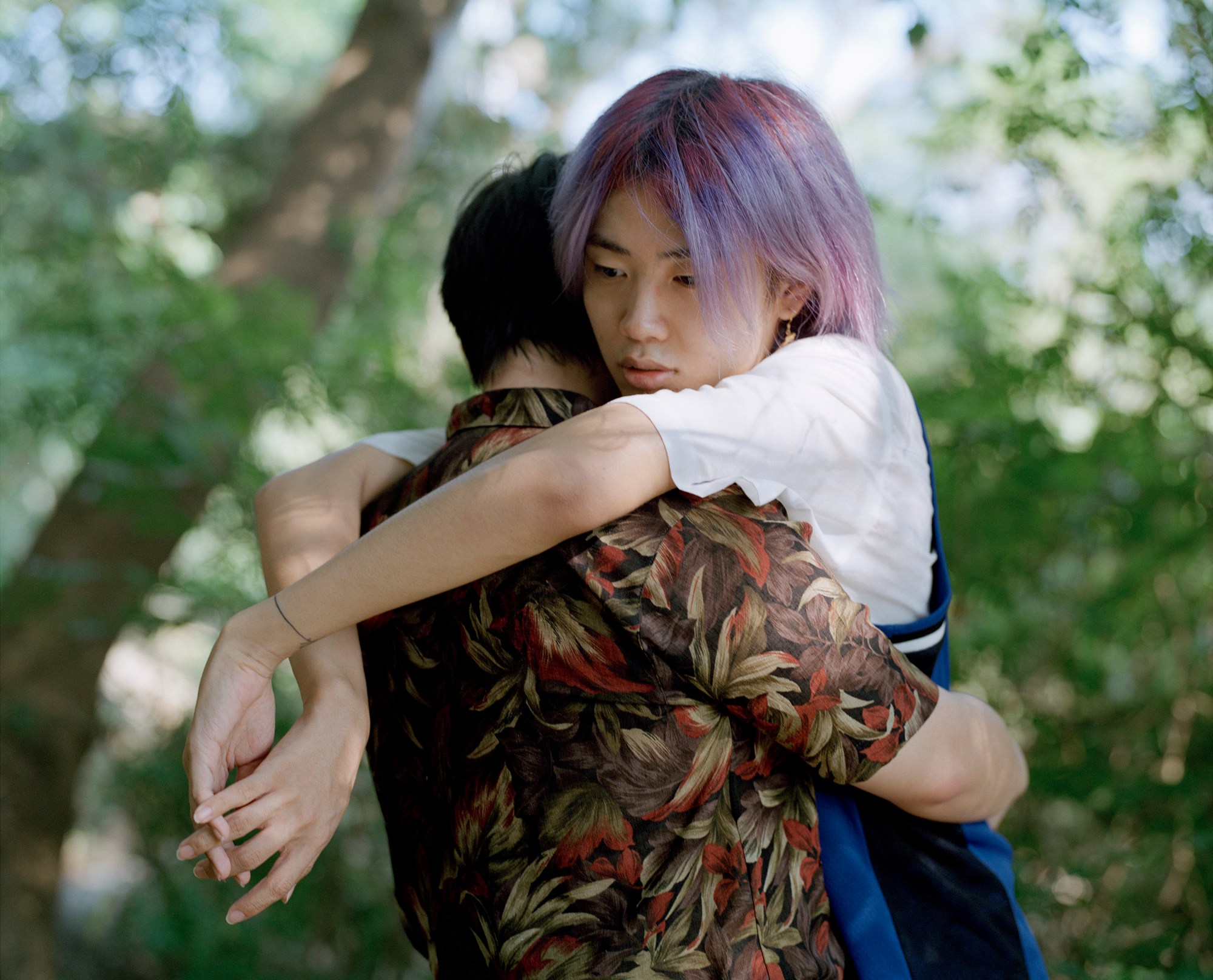
Approaching several passers-by, it was once she wandered onto the local university campus that she started to find some willing participants, where, through a combination of that piece of paper and crossing paths with people who could speak English, Sarah was invited into the female dormitories. Taking pictures of the young women and getting to know them, they would introduce her to their other friends and acquaintances, who Sarah would take portraits of within intimate and private settings — encouraging them to feel fully able to express themselves.
“I got to know more people and ended up meeting young lesbian women,” she says. “I was actually very pleasantly surprised how they were very open to me and wanted me to photograph them, although it was always a secret within their families.” It would form the embryonic stages of her project-turned-photobook Solace: Portraits of Queer Chinese Youth. Returning annually to Xiamen for the next half-decade, she would photograph young people from across the whole LGBTQ+ community, as well as Chinese people living abroad in Europe. Presented alongside the shots are written accounts from interview questions Sarah posed to her subjects, which dive deep into their histories, the relationships of couples, and the many challenges that they face.
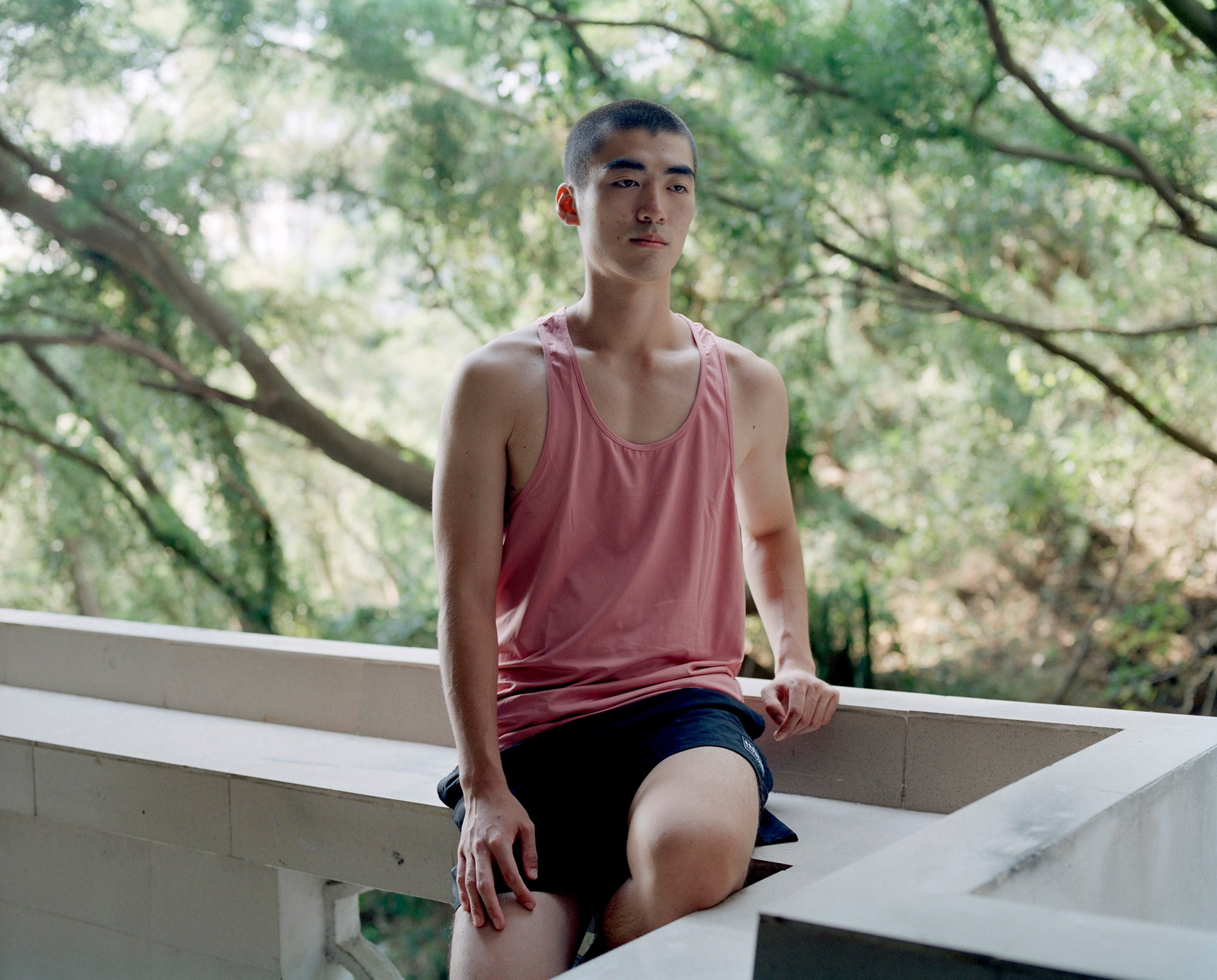
China’s history with its LGBTQ+ population is long, winding, and incredibly complex. For thousands of years, same-sex relationships in the Chinese Empire were tolerated and even, at times, celebrated. Several emperors, particularly in the Han Dynasty (206 BC to 220 AD), openly had both male and female sexual partners and companions. But this would take a turn in the 18th and 19th centuries as a Western influence in China grew, before eventually being made illegal under Mao Zedong, classed as a mental disorder by the Chinese Society of Psychiatry until 2001. While homosexuality has been decriminalised since 1997, gay marriage remains prohibited, and conservative attitudes persist.
It means that today, many queer people in China feel compelled to hide their sexualities and LGBTQ+ identities from their families, as well as their relationships. And among a generation born under China’s One Child Policy, the pressure from parents to continue the family line by having children is often heightened. One woman named Chen Feifei, who was photographed as part of a same-sex couple, told Sarah: “One time, my mom joked that if I didn’t want to continue school, I could always get married. She was just trying to comfort me after a disappointing final exam result, but I lost it and burst into tears.
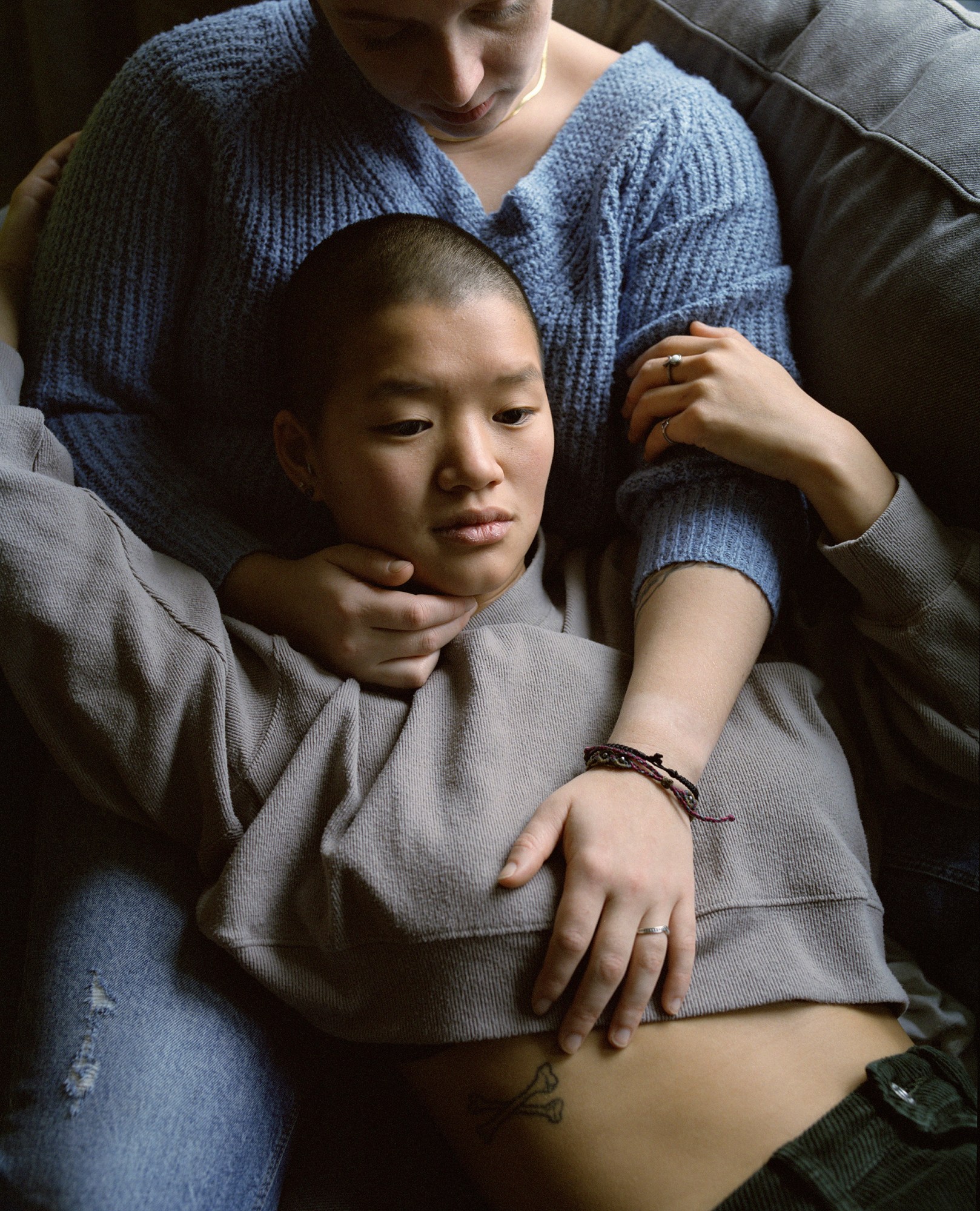
“For the adults, going to college was an option, while marrying a man – even better, a man from the same hometown – was an obligation,” she continued. “I am afraid of my parents’ homophobia and their expectation for me to get married, have children, and build a traditional family and career.”
But it’s not only in family contexts where they can feel hate and homophobia. Walking along the densely populated street, with traffic blaring from all directions, they held each other’s hand – something millions of couples across the world take for granted. “After just one minute, there was already someone booing at them from a scooter,” Sarah says. “They are the only couple that I experienced in Xiamen [who] openly held hands on the street — which is great that they just did it, but it was quite shocking.”

These anti-LGBTQ+ sentiments and intolerance are by no means a Chinese phenomenon, though — as mentioned earlier, modern homophobia is largely imported from the West. Another subject Sarah was photographing, who was studying away from his home country partly in the hope of getting away from those sorts of attitudes, found that out the hard way himself. “I was photographing a young Chinese man — he’s single and living in Utrecht, which is a Dutch city,” she says. “He’s very striking; he has very long hair and looks very feminine. There were some guys making jokes about him – it was very embarrassing.”
Yet despite the challenges that queer Chinese youth face, it doesn’t stop them from forming friendships, communities, and, most importantly, loving each other. Sarah’s pictures are a celebration of that love and its resilience, often featuring couples embracing tightly in bed or staring deep into each one another’s eyes.

“I search for the beautiful things between people. It can be love, but also their strength,” she says. “All the people that I met for this project — in different ways — were very strong. I feel very privileged as a photographer and as a person to have been able to get closer to these people and to learn about their lives and their stories and that they were open to sharing their love and fears with me. “I think that love between people – and it can be a family relationship or a relationship, is the only real important thing in life somehow — it’s what keeps us going. It’s this universal necessity for people to find happiness.”
‘Solace: Portraits of Queer Chinese Youth’ by Sarah Mei Herman is published by The New Press

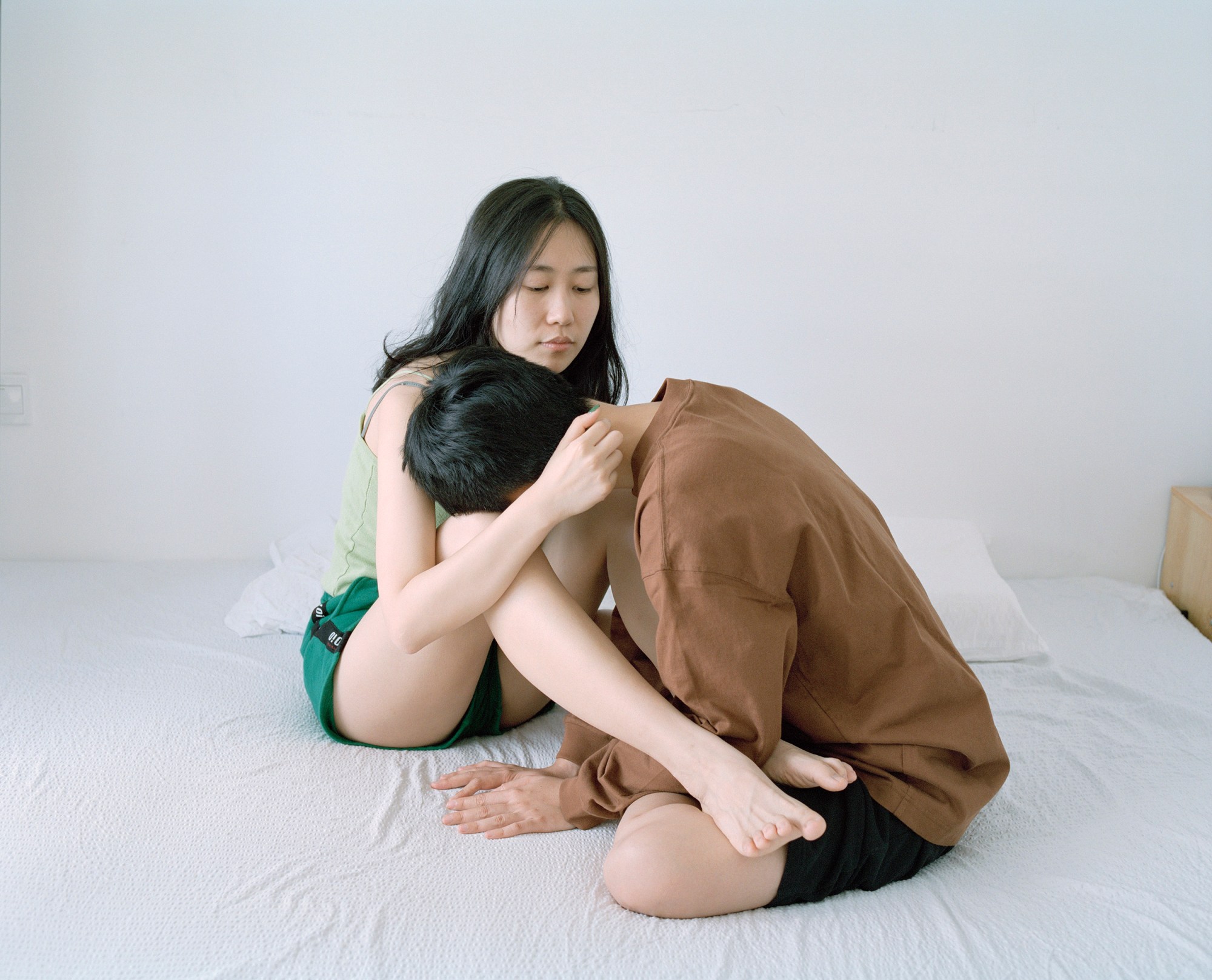

Credits
All images courtesy Sarah Mei Herman
